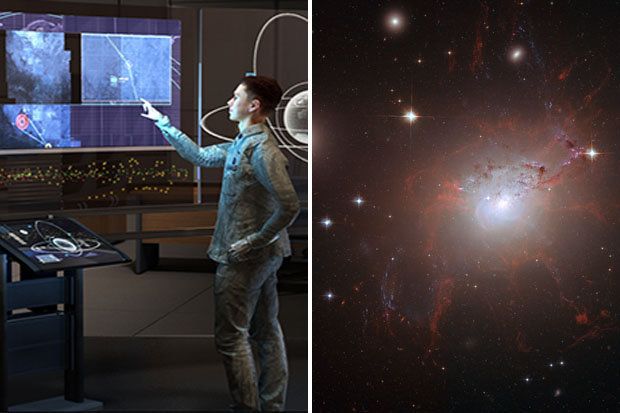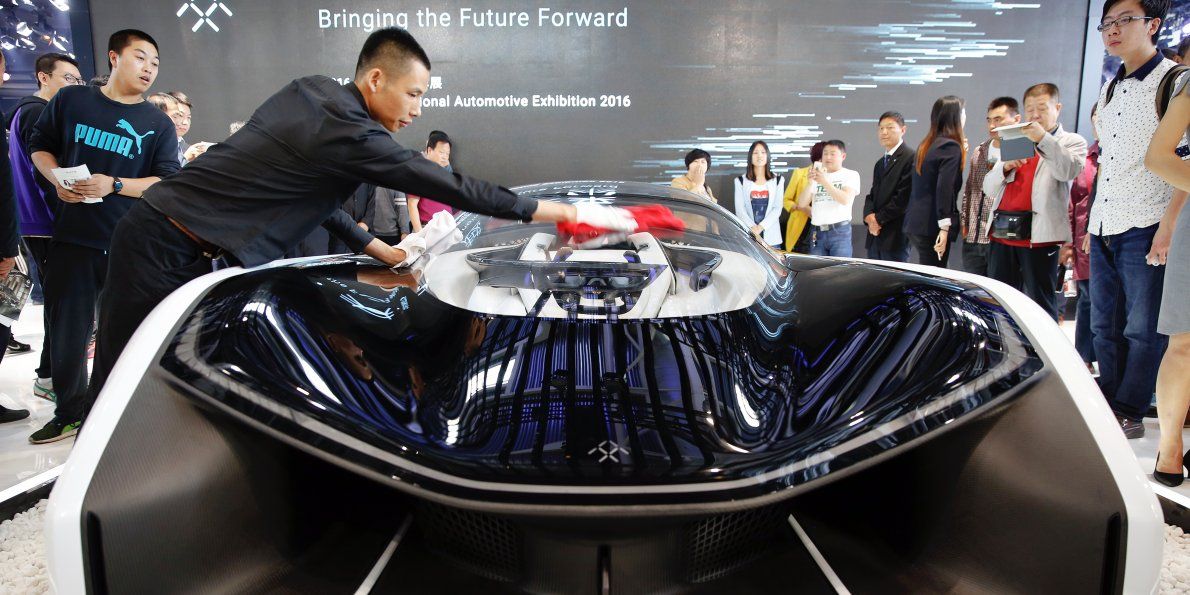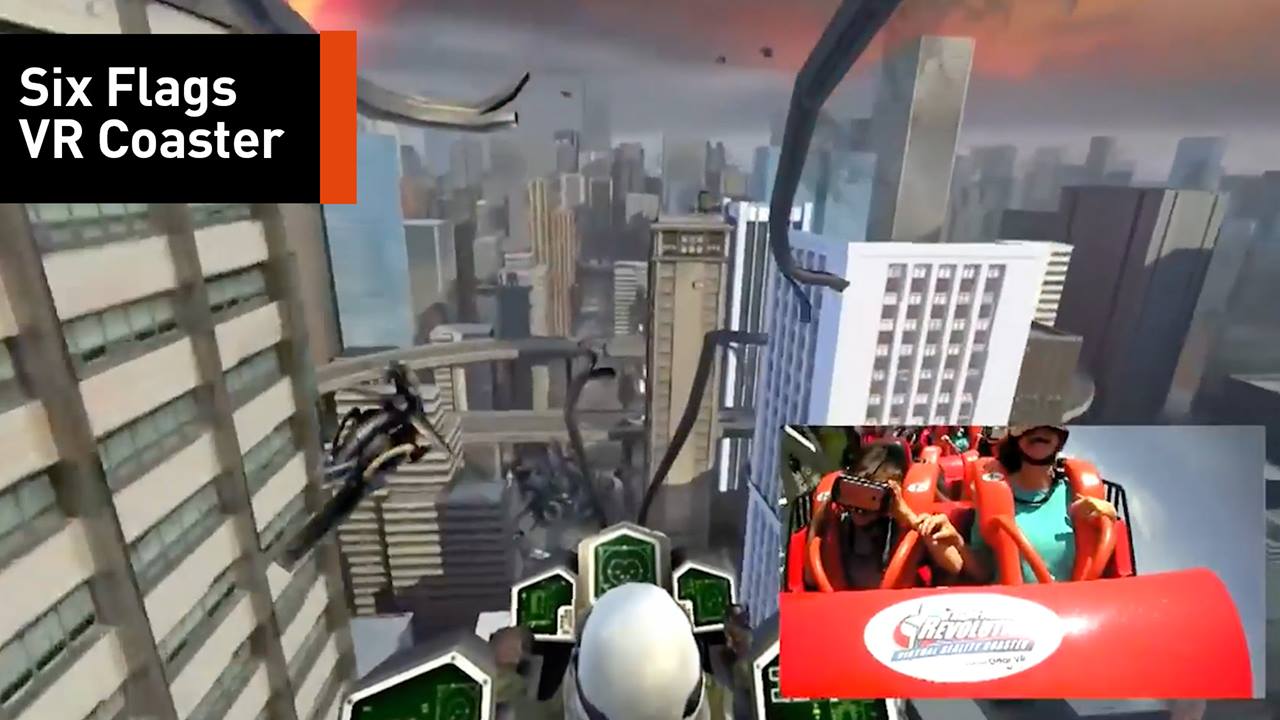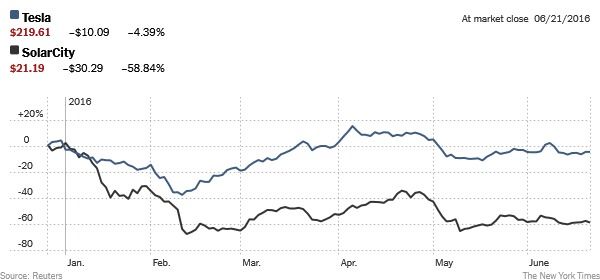Page 10784
Jun 22, 2016
Um promissor remédio antienvelhecimento está prestes a ser testado em humanos
Posted by Bruno Henrique de Souza in category: futurism
Um composto chamado mononucleotídeo de nicotinamida (NMN) retarda o processo de envelhecimento e prolonga o tempo de vida em ratos. Estamos prestes a descobrir se ele tem o mesmo em seres humanos.
Como funciona o processo de envelhecimento do ser humano Cientistas encontram uma área no cérebro que desacelera o envelhecimento
Um ensaio clínico desenvolvido por pesquisadores da Universidade de Washington em St. Louis (EUA) e da Universidade de Keio (Japão) vai testar a eficácia e segurança desse composto.
Jun 22, 2016
Blog Posts for Postnormal Times
Posted by Alexandra Whittington in categories: bitcoin, business, cryptocurrencies
 Last week I dipped my toes in the waters of the Lifeboat blog and shared a link about blockchain technology. If you haven’t heard about blockchain technology yet, you can read about it here, here, here, here, here…you get the picture. Blockchain has tons of potential, and appears to also attract hype and money. All which goes to say, there has been a lot of buzz about its social and economic potential. But there is another aspect of blockchain that deserves some futurist exploration, which is that it signals we live in Postnormal Times.
Last week I dipped my toes in the waters of the Lifeboat blog and shared a link about blockchain technology. If you haven’t heard about blockchain technology yet, you can read about it here, here, here, here, here…you get the picture. Blockchain has tons of potential, and appears to also attract hype and money. All which goes to say, there has been a lot of buzz about its social and economic potential. But there is another aspect of blockchain that deserves some futurist exploration, which is that it signals we live in Postnormal Times.
Postnormal Times (PNT) is a fantastic foresight concept that I will focus on in my upcoming Lifeboat posts. There is an underlying theory to it; Ziauddin Sardar explains the entire idea and how it fits into futures studies. Ziauddin Sardar with John Sweeney have expanded the work into a futurist method called The Three Tomorrows of Postnormal Times. It’s well worth reading up on if you enjoy a futurist approach to your work and studies.
I’m still a beginner, but essentially the idea is that we are now in time is a period best characterized as “postnormal,” meaning that the usual ways of solving problems and making progress have stopped working. Our go-to responses, based on all the previously reliable ways of being in and understanding the world are becoming irrelevant and dysfunctional. The simplest way to introduce Sardar’s concept is the three C’s: complexity, chaos and contradictions. These are the key characteristics of postnormal times which I will be exploring in my posts about technology and humanity. I believe the PNT perspective leads to some useful observations about the direction of society over the next decades.
Back to my blockchain example: the Raketa watch company is implementing blockchain in manufacturing, which will protect inventory from counterfeiting. This development signals PNT because it speaks to the complexity of globalized financial and consumer markets. In this case, so intricate as to require a new, high-tech, largely automated and seemingly fail-proof technology. PNT is evident when previous methods of running a company are no longer sound. Enter blockchain to navigate this new business condition.
Tag: blockchain
Jun 21, 2016
5 Places That Pay You To Live There
Posted by Shailesh Prasad in category: media & arts
Jun 21, 2016
Faraday Future gets approved to test self-driving electric cars in California
Posted by Shailesh Prasad in categories: robotics/AI, transportation
DETROIT (Reuters) — Faraday Future plans to begin testing prototype self-driving electric vehicles on California roads later this year after winning approval from the state, an industry source said on Tuesday.
The China-backed, Los Angeles-based startup plans to begin building and selling electric vehicles next year in the United States, but has not disclosed details of its self-driving program.
A spokesperson from the California Department of Motor Vehicles on Tuesday confirmed that Faraday had been approved to test self-driving vehicles on public roads on June 17.
Continue reading “Faraday Future gets approved to test self-driving electric cars in California” »
Jun 21, 2016
Detachable plane cabin could save lives
Posted by Shailesh Prasad in category: transportation
Jun 21, 2016
Glasses that let the color blind see color
Posted by Shailesh Prasad in category: futurism
Jun 21, 2016
Virtual Reality Rollercoaster
Posted by Shailesh Prasad in categories: space travel, virtual reality
Jun 21, 2016
Elon Musk Aims to Shore Up SolarCity by Having Tesla Buy It — By Michael J. de la Merced and Peter Eavis | The New York Times
Posted by Odette Bohr Dienel in categories: business, Elon Musk, energy, environmental, sustainability, transportation
” … Tesla Motors said on Tuesday that it had offered to buy SolarCity in an all-stock deal, one that could value the latter at as much as $2.8 billion. The aim, Mr. Musk argues, is to create a renewable-energy giant, collecting clean electricity and putting it to work propelling cars.”
Tags: Electric vehicles, SolarCity, Tesla
Jun 21, 2016
Mechanisms that keep reality coherent
Posted by Karen Hurst in category: quantum physics
Quantum physics applies Hilbert spaces as the realm in which quantum physical research is done. However, the Hilbert spaces contain nothing that prevents universe from turning into complete chaos. Quantum physics requires extra mechanisms that ensure sufficient coherence.
Reality has built-in principles. If you understand these built-in principles, then these principles teach a lesson.
The foundation of reality already supports the built-in principles. A foundation must have a simple structure and that structure must be easily comprehensible. It must install restrictions such that extension of the foundation runs according predetermined lines that preserve sufficient coherence, such that the installed principles are keeping their validity. This makes the discovery of the foundation a complicated affair, because not every simple structure will provide these requirements. Still a sensible candidate for such foundation was discovered eighty years ago. It is a relational structure and it discovery was reported in 1936. The structure implements a law of reality. That law cannot be phrased in the form of a formula, because the relational structure only contains unnamed elements and it defines tolerated relations between these elements. Thus the relational structure does not contain numbers that could be used as variables in the formula.
















